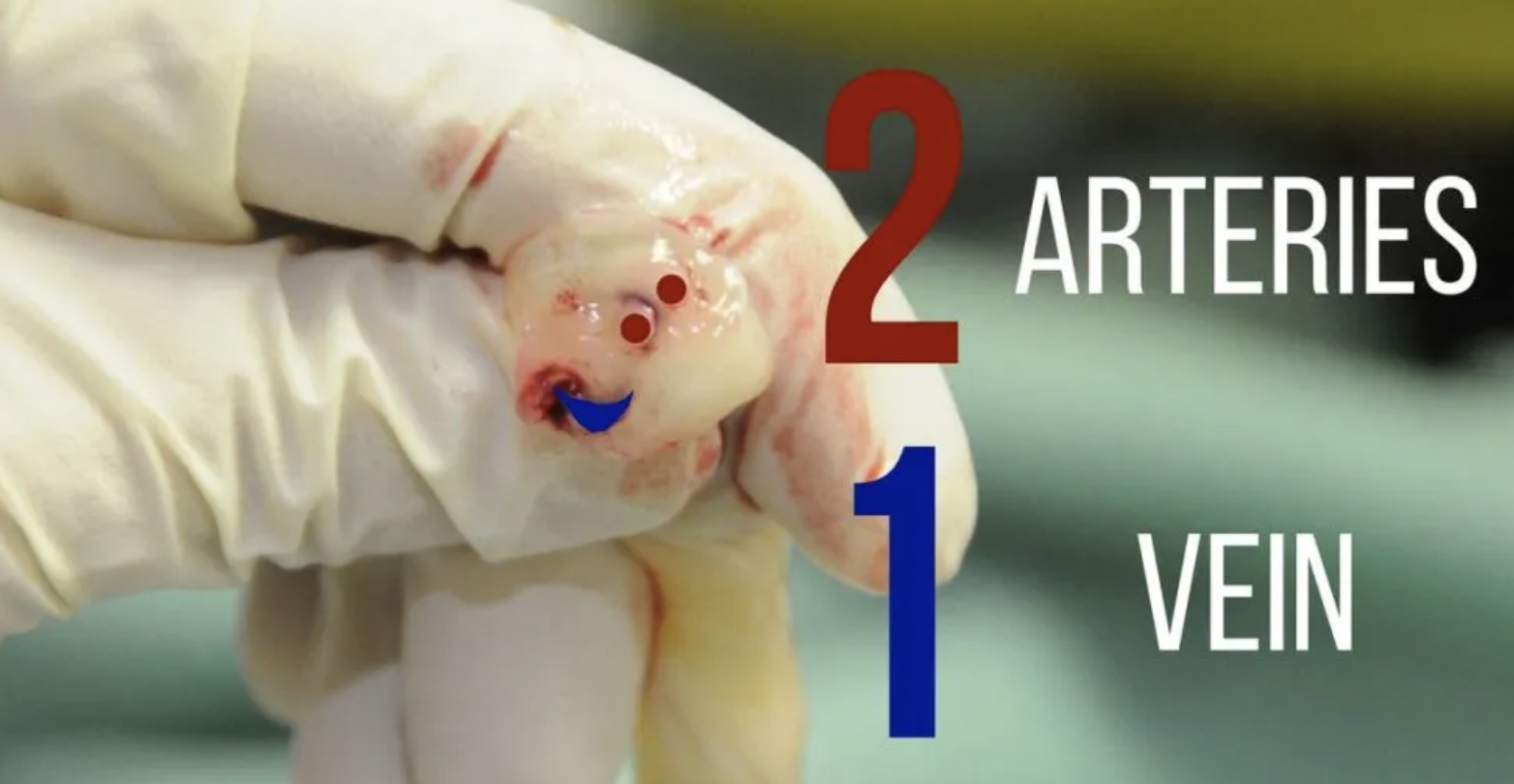Hi all,
This week we will be focusing on Emergency Childbirth!
The prehospital approach exists as a progression of care based on the provider’s level of training. CFRs start with ABCs and monitoring vital signs for shock. They will check for crowning and if present prepare for imminent delivery.
This is a general outline to help providers:
1) Apply gentle pressure against the delivering newborn’s head to prevent tearing of the perineum
2) Gently clear the airway of secretions using a bulb syringe
3) Support the head and chest as the newborn delivers
4) Repeat suctioning as necessary prior to spontaneous or stimulated respirations
5) Gently guide the head downward until the shoulders appear. Deliver the other shoulder with gentle upward traction
6) Thoroughly but rapidly dry the newborn with a clean, dry towel
After delivery, delay clamping of the umbilical cord for up to 1 minute after uncomplicated delivery. Wrap the newborn in a dry, warm blanket/towel. Assess the mother for postpartum hemorrhage and shock. When safe to do, place newborn on mother’s chest.
If the on-scene team is BLS-trained, they will be able to assess and help manage breech presentations, prolapsed cord, nuchal cords, intact (not ruptured) amniotic sacs, shoulder dystocia, and multiple births. See the attached protocol for detailed recommendations for these special considerations.
KEY POINTS:
Consider supine hypotension syndrome as a cause of shock
Newborns are subject to rapid heat loss and must be kept warm and dry
Miscarriage usually occurs at less than 20 weeks of gestation. Begin resuscitative efforts of the newborn if the gestational period is unknown
The turtle sign is when the newborn’s head retracts back into the vagina, and is an indication of shoulder dystocia
It is no longer suggested to perform aggressive suctioning of the newborn when meconium is present
Do not aggressively suction premature newborns
More words to read at www.nycremsco.org
John Su

